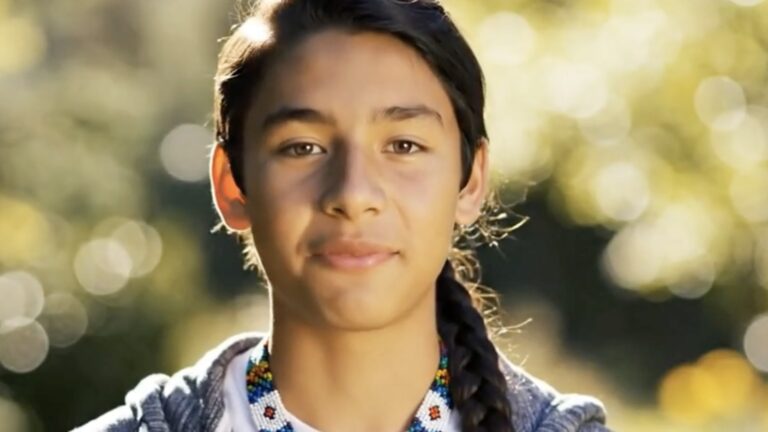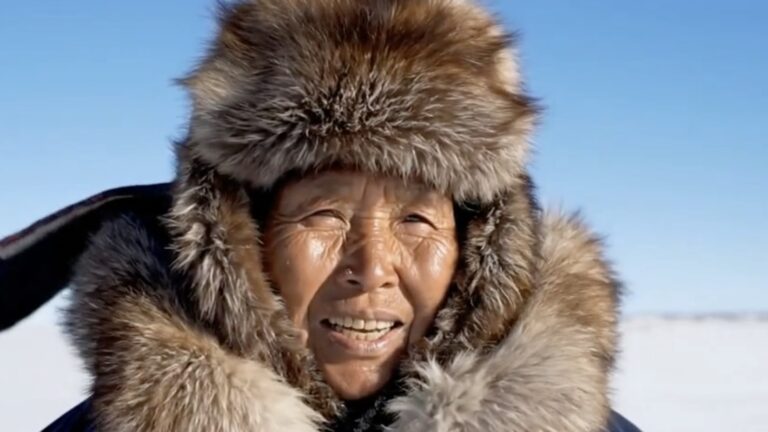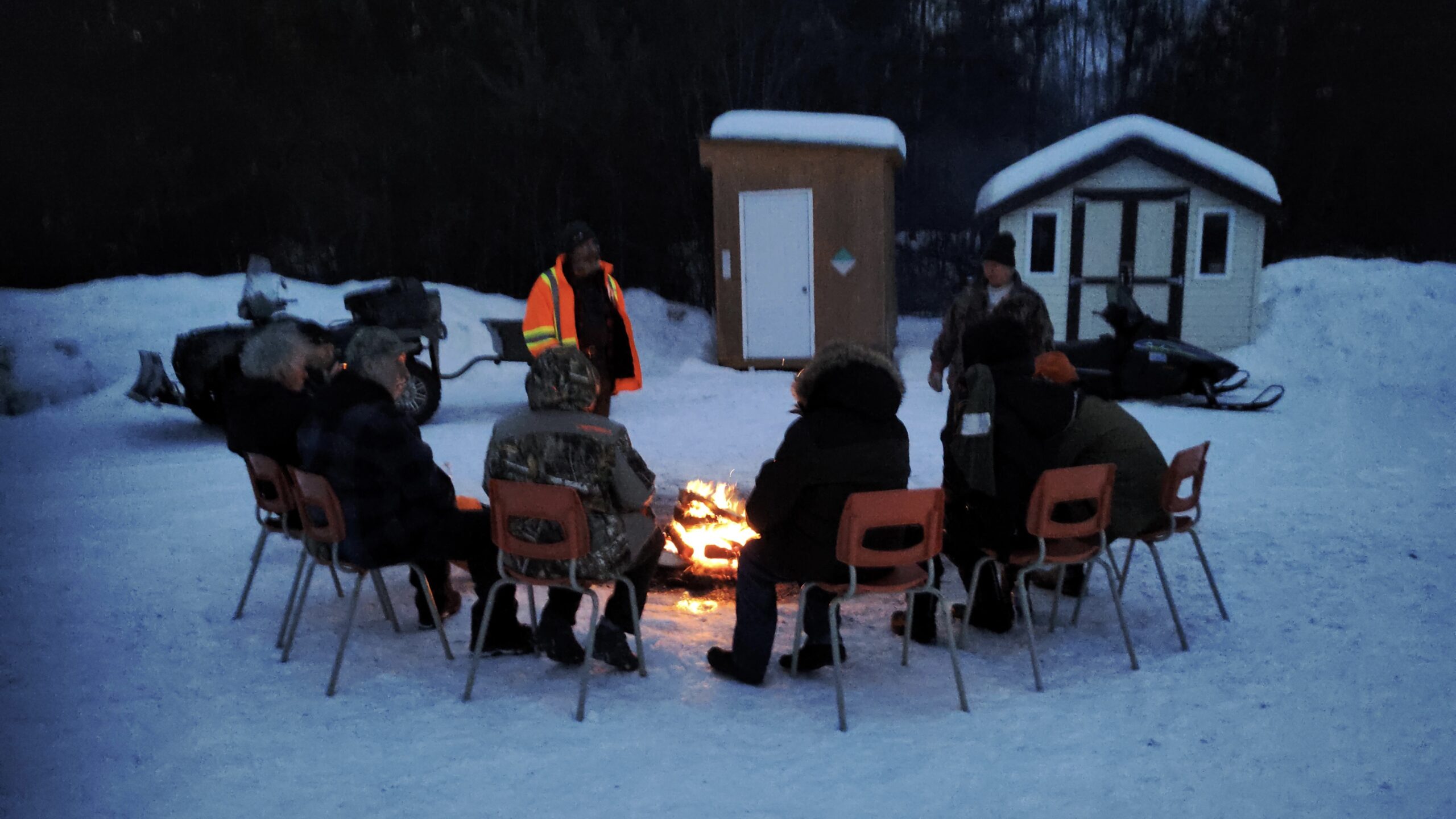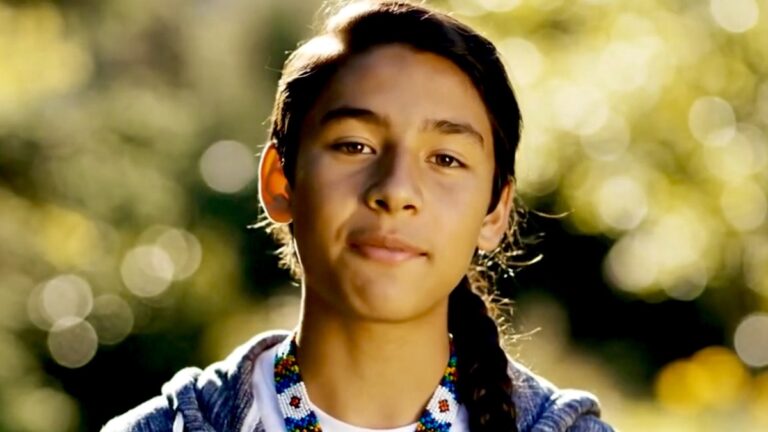
Across the vast, culturally rich landscapes of Northwestern Ontario and the broader Canadian North, a powerful creative movement is taking shape. From the intricate beadwork of the Anishinaabe and Dene to the striking sculptures of Inuit carvers and the digital art of a new generation, creativity in these regions has always been more than expression — it is storytelling, identity, and survival.
Understanding the ECO-STAR North Methodology for Innovation
Our Environment. That’s where it all starts.Think of ‘Environment’ as the ground beneath your feet—literally. This isn’t just about being “eco-friendly” or slapping a recycling logo on your idea; it’s the foundational question of where your project lives and how it relates to the world. We’re talking about its entire lifecycle, from the materials you use to the energy it consumes and what happens to it when its journey is over. It’s about understanding that every great idea is part of a bigger story—the story of our planet, our communities, and our shared future.
So, how does your project honour the land, the water, and the air it depends on?
Is it designed to be a good ancestor, leaving the world better for those who come next? This is where you get real about your impact, thinking in cycles, not straight lines. It’s a chance to design with intention, creating something that doesn’t just take from the world but actively gives back, becoming a regenerative force in its own ecosystem.
This first step sets the stage for everything that follows. Starting with the Environment, you’re grounding your vision in a deep sense of place and responsibility. You’re declaring that your work is not separate from the world but deeply interconnected with it. It’s a powerful move that shifts your perspective from just building a “thing” to cultivating a living, breathing part of the world.
What We’re Learning:
We’re pushing the ‘E’ in ECO-STAR North beyond the typical corporate sustainability checklist. For us, it’s about embracing a worldview where the land is not a resource to be managed, but a relative to be respected. This means weaving in Indigenous knowledge systems that see the environment as a wise teacher. For the interdisciplinary arts, this is huge. It reframes creation not as an act of human genius in a sterile studio, but as a conversation with a specific place. Your materials have a story, your location has a spirit, and your art becomes a way of listening and responding to the living world around you.
ABOUT THE ECO-STAR NORTH PROGRAM
ECO-STAR North invites artists, educators, and community leaders to join in co-creating this new path forward — where innovation grows from the land, the language, and the stories that have always been here.
This project has been seeded in 2025 with generous support from the Minneapolis College of Art and Design Creative Entrepreneurship Program, Enterprise Development Group, The Arts Incubator Winnipeg, Art Borups Corners, the Manitoba Arts Council Indigenous 360 Program, The Labovitz School of Business and Economics at the University of Minnesota Duluth, The Ontario Arts Council Multi and Inter-Arts Projects program, and the OpenAI Researcher Access Program.





